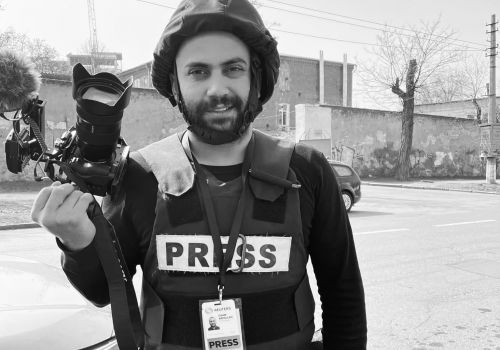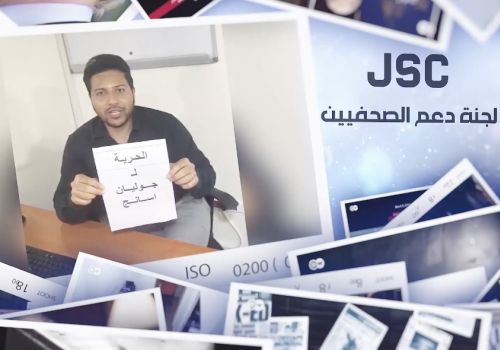What Happens When Media Spreads Fake News?
2022-04-12 12:51

Fake news, misinformation, and disinformation became popular keywords after the bloom of social media. The result quickly manifested in the form of an irrevocable lack of trust in both news outlets and social media alike.
A study conducted by Reuters Institute shows that the use of social media for news seems to be pervasive, particularly among younger people and those with lower educational levels. When it comes to circulating misleading information pertaining to Coronavirus, WhatsApp and Telegram, two popular messaging apps in the Global South, are becoming alarmingly worrisome.
Sometimes, even the most renowned news outlets can spread misinformation, a grave mistake for which they often apologize. Yet, the affects of these mistakes are dangerous and have long-term consequences.
According to Imperial college, “The Telegraph has corrected and apologized for another untrue claim about Imperial #COVID19 epidemiology. It's the 16th time they have had to correct or clarify false or misleading reporting on Imperial coronavirus research.”
The newspaper had falsely claimed that following a “brief spike in cases during summer 2021, Prof Neil Ferguson predicted that ‘Britain would soon hit one million infections a day.”
CNN also had to apologize for how they misrepresented Palestinians as settlers. This context soon went viral, which forced CNN to put the following statement: “A previous version of this incorrectly referred to Palestinian homes in Jerusalem's Sheikh Jarrah neighborhood as settlements and Palestinians as settlers.”

In another pertinent example, YouTube, which is owned by Google, announced that it had permanently prohibited prominent conservative Fox News host, Dan Bongino from using the site after he repeatedly violated its rules of posting coronavirus misinformation. Later that month, he posted yet another video that violated the platform's rules on coronavirus related misinformation. When he attempted to upload a third video, the company permanently banned him.
In his book “Global Trends 2005: An Owner's Manual for the Next Decade,” the political scientist and academic Michael J. Mazarr says that "media emphasizes the negative and pessimistic side of events and therefore creates perceptual crises of faith where no real crises exist." According to Humantruth, Research shows that the contents of the news that people read do affect their views and attitudes regardless of whether they trust the news or not: "Over 70 percent of viewers trust television news as fair and accurate, while only one-third trust newspapers."
Evidently, bad news have always had the ability to spread like wildfires. Apparently, that is what fake news feeds on: people’s tendency to spread misinformation faster. posting an apology after sharing misinformation does not get the same interactions and viral spread as fake news, and this is where the danger lies. For example, there are many fake and misleading news stories related to medical treatments and major diseases like cancer or diabetes.
In “The Hype Machine,” authored by the scientist Sinan Aral, a study explains why and how fake news are being spread on social medial. In an interview conducted by Rappler with the author, Aral says: “In different categories of information. False news spreads further, faster, deeper, and broader than the truth in every category of information and political false news is the fastest, the most viral. It spreads much faster than the truth in terms of politics.”
In simple terms, this means that if you fall victim to believing fake news, your beliefs and decisions are being influenced by someone else's agenda. It is not what they think, it is what they want you to think.
Misbar’s Sources:
Source: Faten Elwan-Misbar









